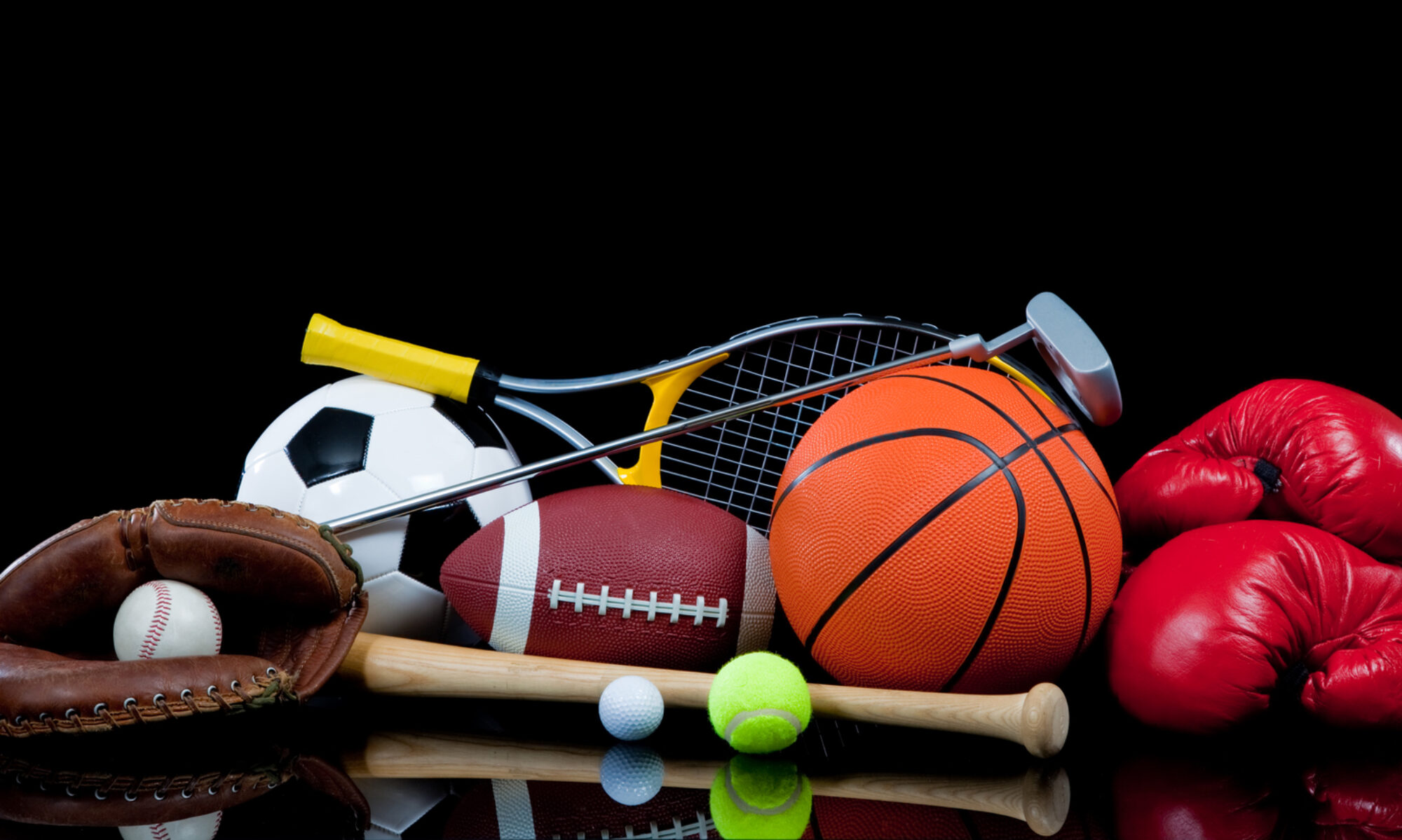Press release:
A can of Red Bull next to the computer mouse, a bag of potato chips next to the keyboard – that’s how many people imagine nutrition in eSports. “The energy drink is indeed part of the diet for many,” says Professor Ingo Froböse, head of the Institute of Movement Therapy and movement-oriented Prevention and Rehabilitation at the German Sport University Cologne, “but overall, eSports players actually eat better than the general population.”
This is the result of the third eSport study by the German Sport University Cologne, which was presented in Cologne on February 3, 2021. The two previous eSport studies focused on training and health behavior as well as media consumption and mental well-being; this year’s survey concentrates on nutrition. Together with the AOK Rhineland/Hamburg, Univ.-Prof. Dr. Ingo Froböse surveyed about 820 eSport athletes of all skill levels. A special challenge this year: Due to the restrictions caused by the COVID-19 pandemic, the data of the eSport Study 2021 was not collected at eSport events, but completely online.
Energy drinks are part of eSports
The consumption of energy drinks, which is often associated with eSports, is more than just a cliché. Around 40 percent of respondents consume the drinks regularly, drinking just over one can per week on average. Energy drink manufacturers have been sponsoring major eSports events and teams for years. In addition, many of these drinks are associated with a supposed increase in performance and thus appear particularly attractive for eSports players. These marketing strategies could well explain why consumption among gamers is above average. “The high amounts of sugar in these beverages should of course be viewed negatively from a health science perspective. Accordingly, consumption should be significantly reduced,” says Froböse, who recommends a handful of nuts and lightly sweetened tea instead for an energy boost in the game.
Nevertheless, overall sugar consumption is significantly lower than that of the general population. Whether soft drinks, chocolate or other sweets, eSport players consume less than other groups. An average of one bar of chocolate per week and a small bowl of salty snacks indicate health-conscious eating behavior.
Furthermore, fast food and ready-to-eat products are only eaten twice a week on average. The cliché of a quick slice of pizza in front of the console therefore seems to be outdated.
Meat is preferred to vegetables
However, there is still a need for optimization. “We see the same problem among eSport athletes as in the general population: there is still too much meat and too few vegetables on the menu,” Froböse concludes. While the German Nutrition Society recommends five portions of fruit and vegetables a day, just 15 percent of the men and 25 percent of the women surveyed achieve this recommendation. Although an above-average proportion of eSport players are vegetarians or vegans (14.8 %), the remaining group eats meat almost every day. “In particular, the consumption of red meat, which is associated with negative effects on health, should be reduced accordingly,” explains Froböse.
DIY cooking is the trend
The survey results show that half of all respondents do their own cooking at least five days a week. Only five percent of respondents leave the cooking of meals completely to someone else. This is even more astonishing when one considers that the group of esport players consists of 86 percent men, who, who actually cook rather rarely according to previous studies. “Of course, we hope that this development will continue after the pandemic. Those who cook for themselves also decide what ends up in the cooking pot. This is the first step towards a healthy and balanced diet,” explains Rolf Buchwitz, Deputy Chairman of the Board of the AOK Rhineland/Hamburg.
No negative influence from the pandemic
The results of the study also reveal that the pandemic has only a minor impact on the health behavior of the respondents. As in previous years, the average level of physical activity among the target group is well above the recommendations of the World Health Organization. The eSports players spend more than nine and a half hours per week on physical activity. That’s about an hour more than that of respondents of last year’s study. Almost all respondents also still rate their health and well-being as good. “We would have expected the pandemic and the accompanying restrictions on everyday life to have a negative impact on the respondents’ own health ratings and sense of well-being. Instead, the target group was able to maintain the level of previous years and even improve it in some cases,” says Froböse.
Still potential for optimization overall
“In general, the clichés of the junk-food-eating gamer are outdated,” concludes Froböse on the eSports study 2021. “Reducing the consumption of meat and energy drinks can be an important starting point for targeted health promotion that takes both health and performance of eSport players to the next level.”




